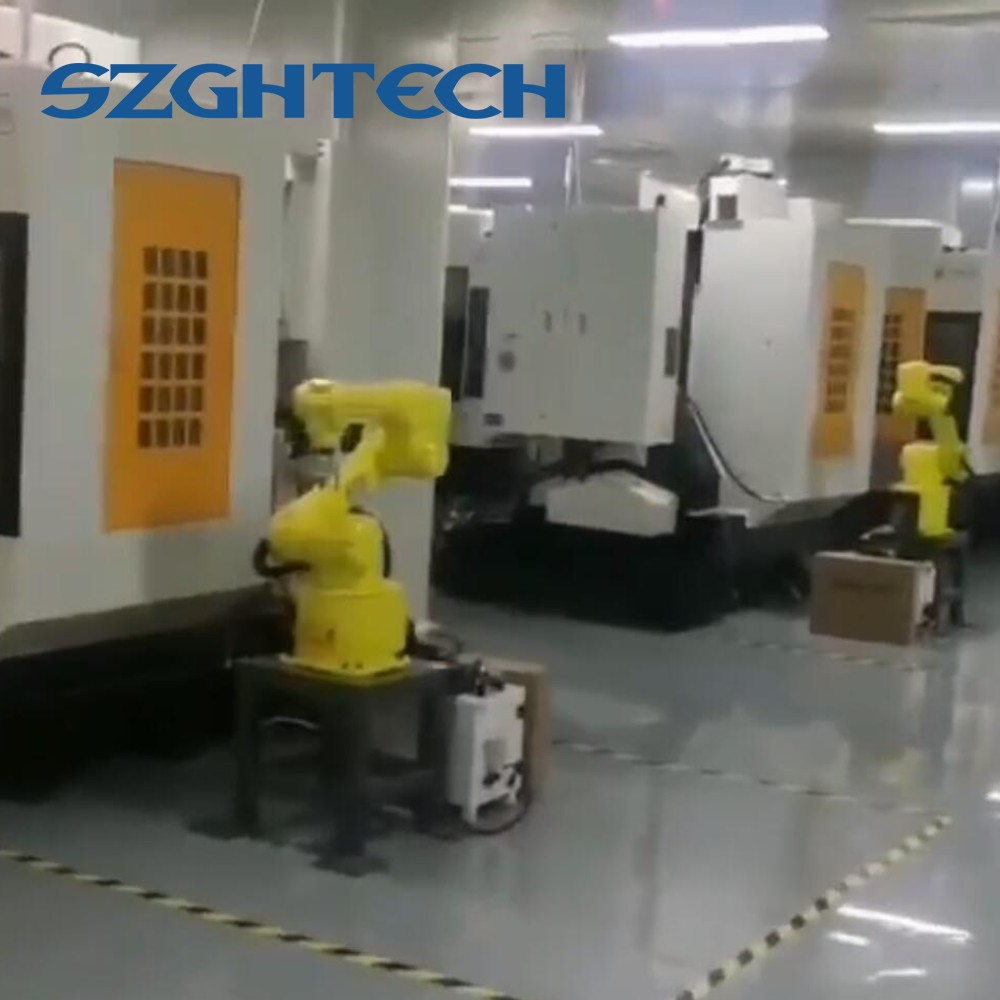Improving the accuracy and stability of a robotic arm is critical to meet the needs of high-precision operations. Here are some ways to achieve this:
1) Improve the control system: The control system of the robotic arm plays a crucial role in achieving high-precision operations. Upgrading to a more advanced control system with better motion control algorithms and feedback systems, such as encoders and sensors, can significantly improve the accuracy and stability of the robotic arm.
2) Calibration and testing: Regular calibration and testing of the robotic arm can ensure that it is working accurately and stably. This includes checking the accuracy of the robot's movements and the repeatability of its actions. If any discrepancies are found, they can be corrected to improve accuracy and stability.
3) Improve the rigidity of the structure: The rigidity of the robotic arm's structure is essential for maintaining stability during operation. Strengthening the structure through design modifications or adding supports can reduce vibration and increase stability, resulting in higher accuracy.
4) Use high-precision end-effectors: The end-effector is the part of the robotic arm that interacts with the workpiece. Using high-precision end-effectors, such as grippers, sensors, or cameras, can improve the accuracy and stability of the robotic arm during operation.
5) Reduce external disturbances: External disturbances, such as air currents or vibrations from nearby machinery, can affect the accuracy and stability of the robotic arm. Isolating the robotic arm from these disturbances through proper design and placement can help maintain stability and improve accuracy.
6) Optimize programming and path planning: Optimizing the robotic arm's programming and path planning can help minimize errors and improve precision. By optimizing the robotic arm's movements, it can move more accurately and stably, leading to higher precision and stability during operation.

In summary, improving the accuracy and stability of a robotic arm requires a combination of improving the control system, calibration and testing, strengthening the structure, using high-precision end-effectors, reducing external disturbances, and optimizing programming and path planning. By implementing these strategies, manufacturers can achieve higher levels of precision and stability, leading to increased productivity and profitability in their operations.

